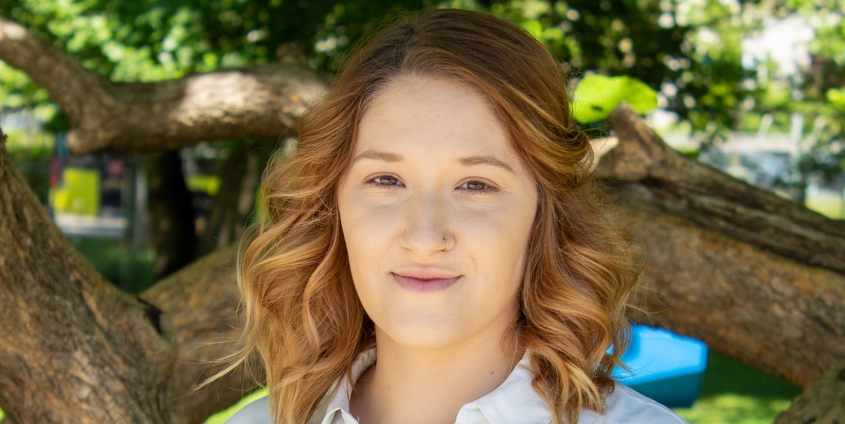Calculating the spread of pollutants in cities
One way of gaining a comprehensive understanding of the spread of pollutants in cities would be to set up measuring stations everywhere. But that is not feasible in reality. To address this tricky issue, Iris Rammelmüller, a doctoral student at the FWF-doc.funds doctoral school “Modeling – Analysis – Optimisation of discrete, continuous, and stochastic systems”, is developing mathematical models that can be used to calculate pollutant levels.
Thirteen measuring stations have been set up in the Carinthian Görtschitz Valley to measure current pollution levels and collect corresponding data. Armed with this real-world data, the mathematician Iris Rammelmüller can test the applicability of her models in practice. The young researcher is most at home working at the interface between mathematics/statistics and physics: “I like applied mathematics. This is where the precise mathematical language meets complex everyday phenomena, and things that were once modelled theoretically are made useful in practice”, she tells us.
According to Iris Rammelmüller, the dispersion of pollutants in cities remains extremely challenging to model. The large number of buildings results in a variety of wind and temperature conditions, affecting the spread of pollutants. The young researcher adds: “We don’t know enough about this at present.” The aerosol research that is currently the subject of much discussion, and which shares similarities with Rammelmüller’s question, demonstrates the enormous potential of this type of research.
Iris Rammelmüller loved mathematics when she was still at the HTL Wels, and afterwards things simply took their course. Originally from Upper Austria, she went to university in Salzburg, where she completed her Bachelor’s degree and Master’s degree at the Department of Mathematics. She then applied to the doctoral school in Klagenfurt. This is where she met Gunter Spock, associate professor at the Department of Statistics. Their shared area of interest, namely the spread of pollutants, consequently turned into Rammelmüller’s topic for her thesis.
Iris Rammelmüller benefits from the collegiate character of the doctoral programme in several ways: “There is room here for a variety of mathematical subdisciplines, which works very well for my topic. Being supported by two supervisors also helps a lot. Despite the pandemic, we always managed to stay in touch and keep up a lively communication among the doctoral students.” For now, Iris Rammelmüller is looking forward to returning to campus and being able to exchange ideas face to face.
A few words with … Iris Rammelmüller
What motivates you to work scientifically?
The challenge of combining theory and practice.
Do your parents understand what you are working on?
In parts.
What’s the first thing you do in the office in the morning?
Go through my emails and update my “To Do” list.
What makes you furious?
Selfishness.
Who do you regard as the greatest scientist in history?
Marie Salomea Skłodowska Curie









 Foto: KK
Foto: KK
